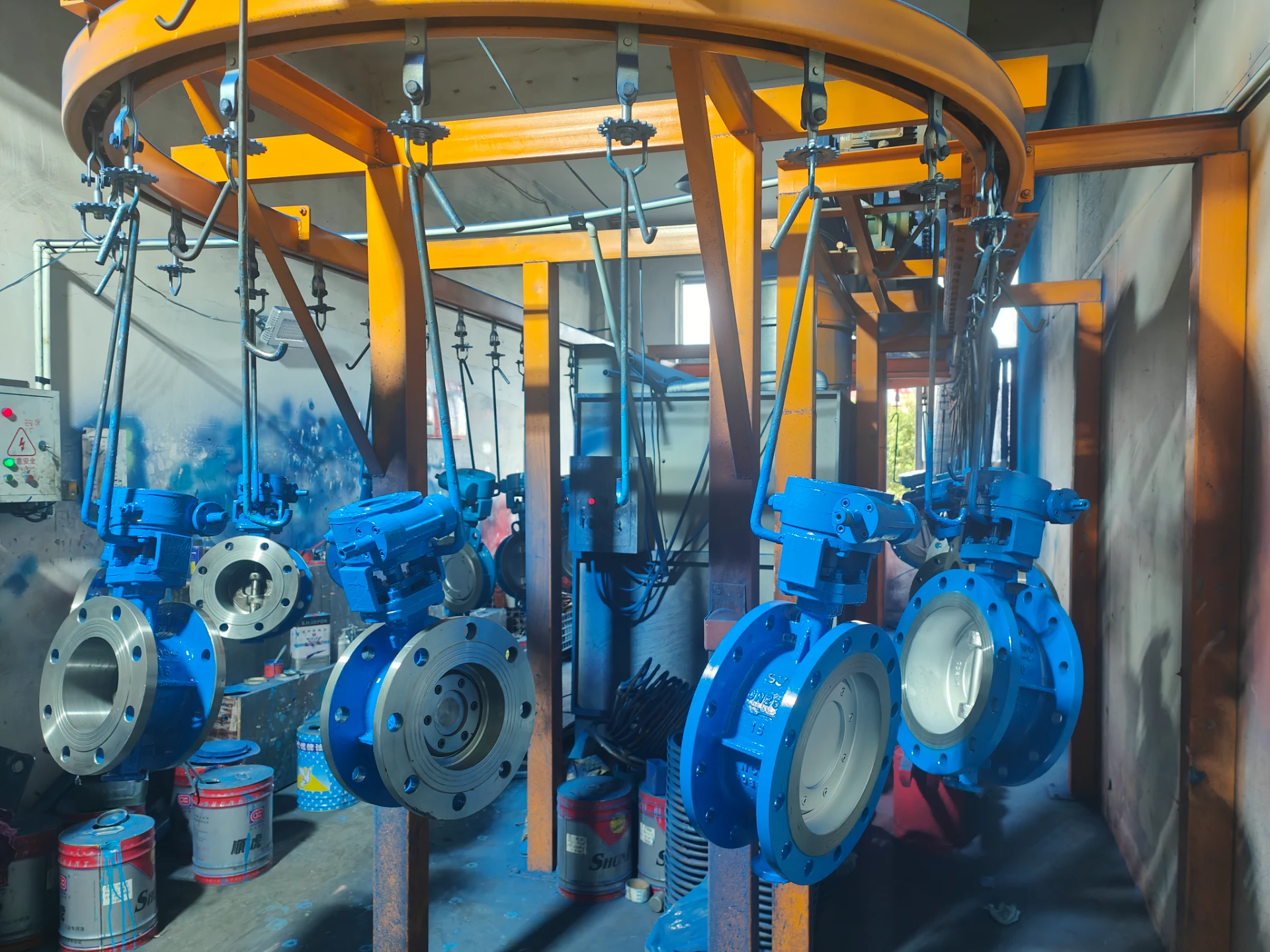flanged check valves
Understanding Flanged Check Valves A Comprehensive Overview
Flanged check valves are essential components in various industrial applications, primarily designed to prevent backflow in pipelines. These valves play a crucial role in ensuring the efficiency and safety of fluid transportation systems. This article delves into the construction, functionality, advantages, and applications of flanged check valves, providing a thorough insight into their importance in modern engineering.
Construction and Design
Flanged check valves are characterized by their distinctive flanged ends, allowing them to be easily connected to other pipeline components using bolts and nuts. This design ensures a secure and leak-proof connection, making installation straightforward. The valve body can be manufactured from various materials, including cast iron, stainless steel, and plastic, catering to different fluid types and operating environments.
The internal mechanism of a flanged check valve typically involves a movable disc or ball that opens in response to forward fluid flow. When the flow stops or reverses, the disc or ball automatically moves to close off the opening, preventing backflow. This mechanism ensures that the valve operates without the need for external power sources, relying solely on the fluid pressure within the system.
Functionality
The primary function of a flanged check valve is to allow fluid to flow in one direction while preventing reverse flow. This characteristic is vital in numerous applications, including water supply systems, wastewater treatment plants, and various industrial processes. The valve’s design helps maintain system pressure and minimizes the risk of contamination from backflow, thereby protecting pumps and other equipment downstream.
Flanged check valves operate under various pressure and temperature conditions, depending on the material used in their construction. It is crucial for engineers and designers to select the appropriate valve that matches the specific requirements of their systems, including pressure ratings, fluid characteristics, and environmental conditions.
Advantages
flanged check valves

One of the most significant advantages of flanged check valves is their ease of installation and maintenance. The flanged design allows for quick assembly and disassembly, which is particularly beneficial for situations requiring frequent inspections or repairs. Furthermore, the robust construction of these valves ensures a long operational lifespan, reducing the need for replacements and minimizing downtime.
Another advantage is the ability to handle high flow rates. Flanged check valves are designed to withstand substantial pressure differences, making them suitable for demanding applications. They also provide a low-pressure drop, which enhances the efficiency of fluid transport systems.
Moreover, the simple design of flanged check valves reduces the likelihood of mechanical failure compared to other types of check valves, such as swing or lift check valves. This reliability translates into reduced maintenance costs and enhanced system reliability over time.
Applications
Flanged check valves find their applications across various industries. In the water and wastewater sector, they are commonly used to prevent backflow in sewer systems, stormwater management systems, and potable water distribution networks. In industrial settings, these valves are crucial in chemical processing, oil and gas pipelines, and power plants, ensuring that the flow of materials remains unidirectional.
Additionally, flanged check valves are often employed in HVAC systems, hydronic heating, and cooling systems to maintain system integrity and prevent reverse flow that can disrupt operations.
Conclusion
In conclusion, flanged check valves are pivotal components in the realm of fluid dynamics, offering a reliable solution for preventing backflow in various applications. Their robust construction, ease of installation, and versatility make them a preferred choice for engineers and industry professionals. As industries continue to evolve and seek more efficient fluid management systems, the significance of flanged check valves is likely to grow, underscoring their role in promoting safety and efficiency in fluid transportation. By understanding their functionality, advantages, and applications, stakeholders can make informed decisions, optimizing their systems for better performance and durability.
-
Breakthrough in Domestic Low Temperature Valve Technology in ChinaNewsAug.18,2025
-
From Machinery to Intelligent Brain: The Digital Transformation Wave of the Valve IndustryNewsAug.18,2025
-
PCVEXPO 2025NewsAug.18,2025
-
The Key to Fluid Control: Exploring the Advantages of Ball Valves in Industrial SystemsNewsJul.09,2025
-
The Versatile World of 1, 2, and 3 Piece Ball ValvesNewsJul.09,2025
-
Stainless Steel Ball Valves: The Ideal Choice for Efficient Flow ControlNewsJul.09,2025
-
Optimizing Fluid Control with Ball Float ValvesNewsJul.09,2025




